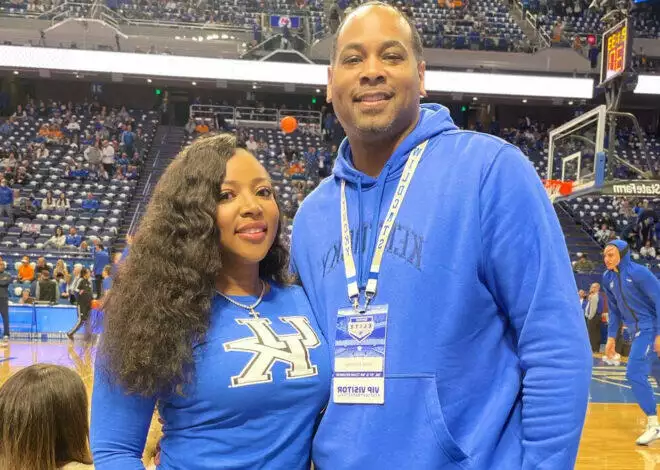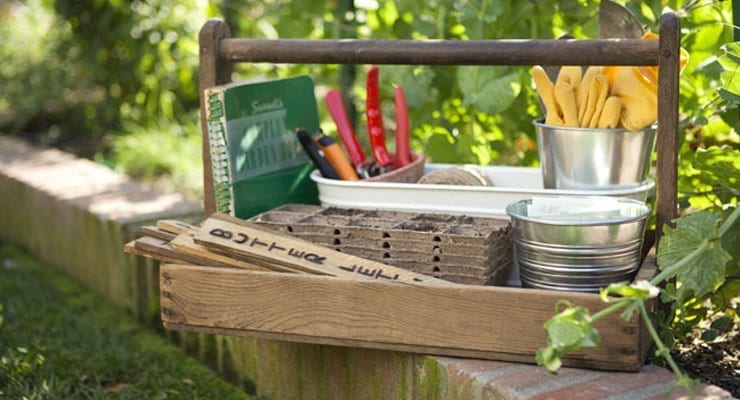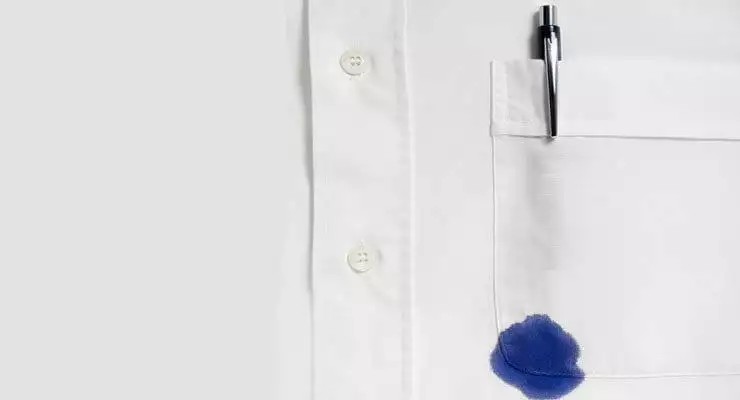For all of you with children in your lives – yours or someone else’s, it doesn’t matter – imagine yourself in the following story:
You’re in your kitchen, making something to eat for the kids. You have four children so things are going as you might expect. They’re running around the house; the ten-year old is asking (again) when lunch will be ready; your five year-old yells “Hey, that’s mine!” from the other room, and you just know that it was the toddler that took something from the boy. It’s like every Saturday of your life in recent memory.
Everything is just about ready and then you hear it; your oldest (she’s 12) screams. Not that little-girl-sees-a-spider sort of scream, but real terror. Scientists have spent decades trying to figure out how you do it, but before she takes her next breath your brain goes through everything it knows about everything you’ve seen and heard ….ever. Before your legs can release you from where you are standing, your subconscious puts together the following facts:
1. In the last 15 seconds you’ve heard the voices of three of your four children.
2. You’re the only adult in the house.
3. The last time you saw the baby he was walking past you and away from the living room.
4. That sound about 3 minutes ago was a door being opened
5. You mopped the kitchen floor yesterday.
6. Your oldest was in the backyard with a friend and had to come in through the laundry room.
Halfway through the instinctive inhale that happens just before you move, your subconscious lets you in on what it figured out:
You know where your baby is.
In the 2 seconds it takes you to get to the laundry room your oldest pulls her fourteen-month old brother out of the bucket….and he isn’t breathing.
If something like that seems unlikely to you, then you’d be right. Bucket drownings don’t happen often. But when they do, the parents involved never care how rare the event is for everyone else. Something very similar to the events described above happened just last month in Indiana. There was another bucket drowning reported in Illinois the month before that.
The Consumer Product Safety Commission receives reports every year of drownings that occur in water sources (and other liquids) not normally associated with drownings – things found in an around landlocked homes without pools. Understanding that it happens (however rarely) and why and how it happens can be all it takes to make sure it doesn’t happen to you.
The bad bucket:
However easy it may seem to manage the risk (always empty the bucket) there are other things to consider to make things safer around your home. Wheeled mop-buckets and those tall five-gallon paint buckets are heavy enough – when just half-full – to outweigh a small child. A small two-gallon bucket is far more likely to tip-over and spill out than the heavier (bad) buckets you may have.
It is impossible for a toddler to drown in a bucket that isn’t there. So if you have big (bad) buckets in your house then I say get them out of there until everyone is in kindergarten. Regardless of what kind of bucket you use, you have to keep your eyes on one of two things: the baby, or the bucket. (I pick the baby, but that’s me)
Hold that baby:
When anyone in the house is taking a bath – someone holds (or at least constantly watches) the baby. A big sign over the tub that reads: ”Drain me before you get out or you’re grounded!” isn’t a bad idea either. Tubs account for more in-home infant drownings that buckets do. Toilets in the bathroom account for far less (just a couple a year in the U.S.) but it’s not impossible. Small children are curious about water wherever they find it.
Water Features:
Garden ponds and other back yard water features seem obvious, but many parents are deceived by how shallow they are and assume they aren’t a threat. It’s not true. It takes months to teach an infant to turn-over when face down in the water; it isn’t an instinctual response for babies and all it takes is water they can get there face into to drown. You don’t have to fill the pond in with dirt until they are in high-school, but a safety net isn’t a bad idea.
Worse than water:
Parents should stay vigilant when other liquids are exposed around the house. Paint cans and buckets, vehicle fluids, cleaning solvents, etc. all pose more immediate risks. Even if held in smaller buckets that topple over, small children can ingest or inhale enough of the paint or chemical to be extremely harmful.
These kinds of accidents are rare, but with awareness and a few precautions they can be made an impossibility in your home. It doesn’t have to be summer, you don’t have to have a pool or hot tub, it doesn’t even have to involve water; small children can and will drown in unlikely places like buckets, and sinks, and tubs and anything else that provides a space for their young heads to get into. Keep that in mind and be aware of the open liquids in your home, and having to “imagine” what could happen will be as scary as it gets.
Stay safe out there, would ya?
~ Mario
Disclaimer: The views and opinions expressed by the author are not necessarily those of the Department of Homeland Security or the U.S. Coast Guard.





